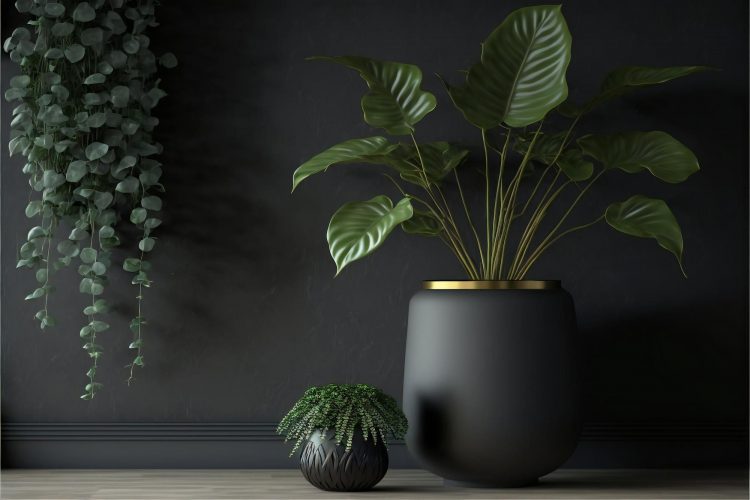In the world of interior design, the debate between artificial and real plants has long been a topic of discussion. Each has its merits, and savvy designers are increasingly embracing the artful combination of both. This harmonious blend brings together the benefits of low maintenance and timeless aesthetics, creating a dynamic and visually appealing living space.
Creating Balance: The Marriage of Artificial and Real Greenery
Interior design is an art form, and like any art, it thrives on balance and contrast. The strategic integration of artificial and real plants allows designers to achieve this delicate equilibrium, catering to the practical needs of homeowners while infusing spaces with the vibrancy and energy that living plants provide.
Artificial plants serve as a practical solution for areas with limited natural light or for individuals with busy lifestyles. Online platforms offering artificial plants for sale have made it easier than ever to access a diverse array of faux foliage, from lifelike succulents to meticulously crafted silk flowers. The convenience of buying artificial plants online has contributed to their growing popularity in interior design.
Choosing Wisely: Selecting the Right Mix of Faux and Real Flora
The key to successfully merging artificial and real plants lies in thoughtful selection. Consider the lighting conditions, maintenance requirements, and overall aesthetic goals of the space. For darker corners or rooms with little sunlight, opt for high-quality artificial plants that closely resemble their living counterparts. This ensures that even in low-light environments, the space remains lush and inviting.
In well-lit areas, real plants can take center stage, contributing not only to the aesthetics but also improving air quality and fostering a connection with nature. Fiddle leaf figs, snake plants, and peace lilies are popular choices for their adaptability to indoor environments. To add a touch of whimsy, intersperse these real plants with artificial companions such as ferns or orchids.
Layering and Placement: Crafting a Cohesive Green Design
The art of mixing artificial and real plants extends beyond mere selection to the strategic layering and placement within a space. Create visual interest by clustering different plant varieties in complementary colors and textures. Groupings of real and artificial plants can enhance the overall depth and dimension of a room.
Consider placing tall artificial plants in corners or beside furniture to add height and drama. Meanwhile, smaller potted real plants can be strategically positioned on tables, shelves, or windowsills to infuse the space with a natural, organic feel. This layered approach not only maximizes the visual impact but also allows for flexibility in rearranging elements to suit evolving design preferences.
Maintenance and Longevity: Practical Benefits of Artificial Plants
While the allure of real plants is undeniable, the practical benefits of artificial plants, especially when bought online, should not be overlooked. Faux foliage requires minimal maintenance, making it an ideal choice for individuals with busy schedules or those seeking a low-maintenance greenery solution. Additionally, artificial plants maintain their appearance year-round, eliminating concerns about seasonal changes or plant care learning curves.
In conclusion, the art of mixing artificial and real plants in interior design is a testament to the adaptability and creativity within the field. The availability of artificial plants for purchase online has opened up a world of possibilities, allowing designers and homeowners alike to curate spaces that are both visually stunning and practical. Embrace the synergy of artificial and real greenery to cultivate an interior design that not only stands the test of time but also flourishes with dynamic elegance.





